What's The Best Type Of Tv To Get

Cutting through the noise in the TV market can feel like navigating a maze. This review is designed for the value-conscious shopper aiming to find the best TV without breaking the bank.
We'll delve into various TV technologies, analyzing their strengths, weaknesses, and suitability for different needs and budgets. The goal is to empower you with the knowledge to make an informed purchase.
Why the Right TV Matters
A TV is more than just a screen; it's a portal to entertainment, news, and shared experiences. The right TV enhances these experiences, providing immersive visuals and seamless functionality.
Investing wisely ensures years of enjoyment and avoids the frustration of subpar performance. Consider it a long-term investment in your home entertainment.
Understanding TV Technologies
LED-LCD TVs
LED-LCD TVs are the most common type, known for their affordability and brightness. They use LEDs (light-emitting diodes) to illuminate a liquid crystal display.
However, they can struggle with contrast and black levels compared to other technologies.
QLED TVs
QLED (Quantum Dot LED) TVs are an advanced form of LED-LCD. They use quantum dots to enhance color and brightness.
This technology offers improved picture quality over standard LED-LCDs, especially in bright rooms, but at a slightly higher price.
OLED TVs
OLED (Organic Light Emitting Diode) TVs are renowned for their superior picture quality. Each pixel emits its own light, resulting in perfect blacks and infinite contrast.
While they offer the best viewing experience, they are typically more expensive and may not be as bright as QLED TVs.
Mini-LED TVs
Mini-LED TVs are the newest technology using thousands of tiny LEDs for backlighting. This provides better contrast and brightness control than standard LED-LCD TVs, approaching OLED quality.
Mini-LED TVs often come at a premium price, but offer a balance between QLED and OLED performance.
Shortlist of Products Tailored to Different Audiences and Budgets
Here are a few examples to give you some ideas based on your needs:
- Budget-Friendly: TCL 4-Series (LED-LCD) – Great value for basic needs.
- Mid-Range: Hisense U6 Series (QLED) – Excellent picture quality for the price.
- High-End: LG C3 (OLED) – Unmatched picture quality for discerning viewers.
- Bright Room Champion: Samsung QN90C (Mini-LED) – Exceptional brightness and color accuracy.
Detailed Reviews
TCL 4-Series
The TCL 4-Series is an excellent entry-level option for budget-conscious shoppers. It offers decent picture quality and smart TV features at an affordable price.
While it lacks advanced features like local dimming or wide color gamut, it's a solid choice for casual viewing.
Hisense U6 Series
The Hisense U6 Series provides a significant step up in picture quality compared to basic LED-LCD TVs. Thanks to its quantum dot technology, colors are more vibrant and accurate.
It also features full array local dimming, improving contrast and black levels. This is a great value proposition for those seeking better performance without a premium price tag.
LG C3
The LG C3 OLED TV delivers stunning picture quality with perfect blacks, infinite contrast, and vibrant colors. Its self-lit pixels ensure exceptional detail and realism.
It also includes advanced gaming features like HDMI 2.1 and low input lag. If you prioritize picture quality above all else, the LG C3 is a top contender.
Samsung QN90C
The Samsung QN90C Mini-LED TV excels in bright rooms thanks to its exceptional brightness and wide viewing angles. Its mini-LED backlighting provides precise control over contrast and black levels.
It also boasts a sleek design and a comprehensive smart TV platform. This is an ideal choice for those who need a TV that performs well in brightly lit environments.
Side-by-Side Specs Table with Performance Scores
| Model | Technology | Price (approx.) | Brightness | Contrast | Color Accuracy | Gaming Features | Overall Score |
|---|---|---|---|---|---|---|---|
| TCL 4-Series | LED-LCD | $300 | Good | Fair | Good | Basic | 7/10 |
| Hisense U6 Series | QLED | $500 | Very Good | Very Good | Very Good | Good | 8/10 |
| LG C3 | OLED | $1500 | Good | Excellent | Excellent | Excellent | 9.5/10 |
| Samsung QN90C | Mini-LED | $1800 | Excellent | Excellent | Excellent | Excellent | 9/10 |
Note: Prices are approximate and may vary. Performance scores are based on expert reviews and user feedback.
Practical Considerations
Screen Size
Choosing the right screen size depends on your viewing distance and room size. A general rule is to sit 1.5 to 2.5 times the screen's diagonal measurement away.
Too small, and you'll strain to see details; too large, and it can be overwhelming.
Resolution
4K (Ultra HD) is now the standard resolution for most TVs. It offers significantly more detail than 1080p (Full HD).
While 8K TVs are available, they are more expensive and content is limited.
Refresh Rate
The refresh rate measures how many times per second the image on the screen is updated. A higher refresh rate (e.g., 120Hz) results in smoother motion, especially during fast-paced action scenes or gaming.
For casual viewing, a 60Hz refresh rate is often sufficient.
Smart TV Features
Most TVs now come with built-in smart TV platforms like Roku, Android TV, or WebOS. These platforms allow you to stream content from popular services like Netflix, Hulu, and Amazon Prime Video.
Consider the ease of use and app availability when choosing a smart TV platform.
Connectivity
Ensure the TV has enough HDMI ports for your devices (e.g., gaming consoles, Blu-ray players, soundbars). HDMI 2.1 is important for gamers looking to take full advantage of next-gen consoles.
Also consider the availability of USB ports for connecting external storage devices.
Summarizing Key Points
Choosing the best TV involves balancing picture quality, features, and price. Consider your viewing habits, room environment, and budget.
OLED offers the best picture quality, while QLED provides excellent performance in bright rooms. LED-LCD remains a budget-friendly option.
Evaluate screen size, resolution, refresh rate, smart TV features, and connectivity to make an informed decision.
Call to Action
Ready to upgrade your viewing experience? Explore the models discussed in this article and compare their features to your specific needs and budget.
Visit authorized retailers to see TVs in person and take advantage of current deals and promotions. Your perfect TV is waiting!
Frequently Asked Questions (FAQ)
What is the difference between LED and QLED?
LED TVs use standard LEDs for backlighting, while QLED TVs use quantum dots to enhance color and brightness, resulting in a wider color gamut and improved picture quality.
Is OLED worth the extra cost?
If picture quality is your top priority, OLED is worth the investment. Its perfect blacks and infinite contrast provide an unmatched viewing experience.
What screen size should I get?
Measure your viewing distance and choose a screen size that fills your field of vision without being overwhelming. A general rule is to sit 1.5 to 2.5 times the screen's diagonal measurement away.
What is the ideal refresh rate for gaming?
For gaming, a 120Hz refresh rate is ideal, as it provides smoother motion and reduces motion blur. Ensure your TV has HDMI 2.1 ports to support 120Hz gaming at 4K resolution.
Do I need to buy a soundbar with my new TV?
While modern TVs have improved built-in speakers, a soundbar can significantly enhance the audio experience. It provides a wider soundstage and deeper bass, making movies and games more immersive.





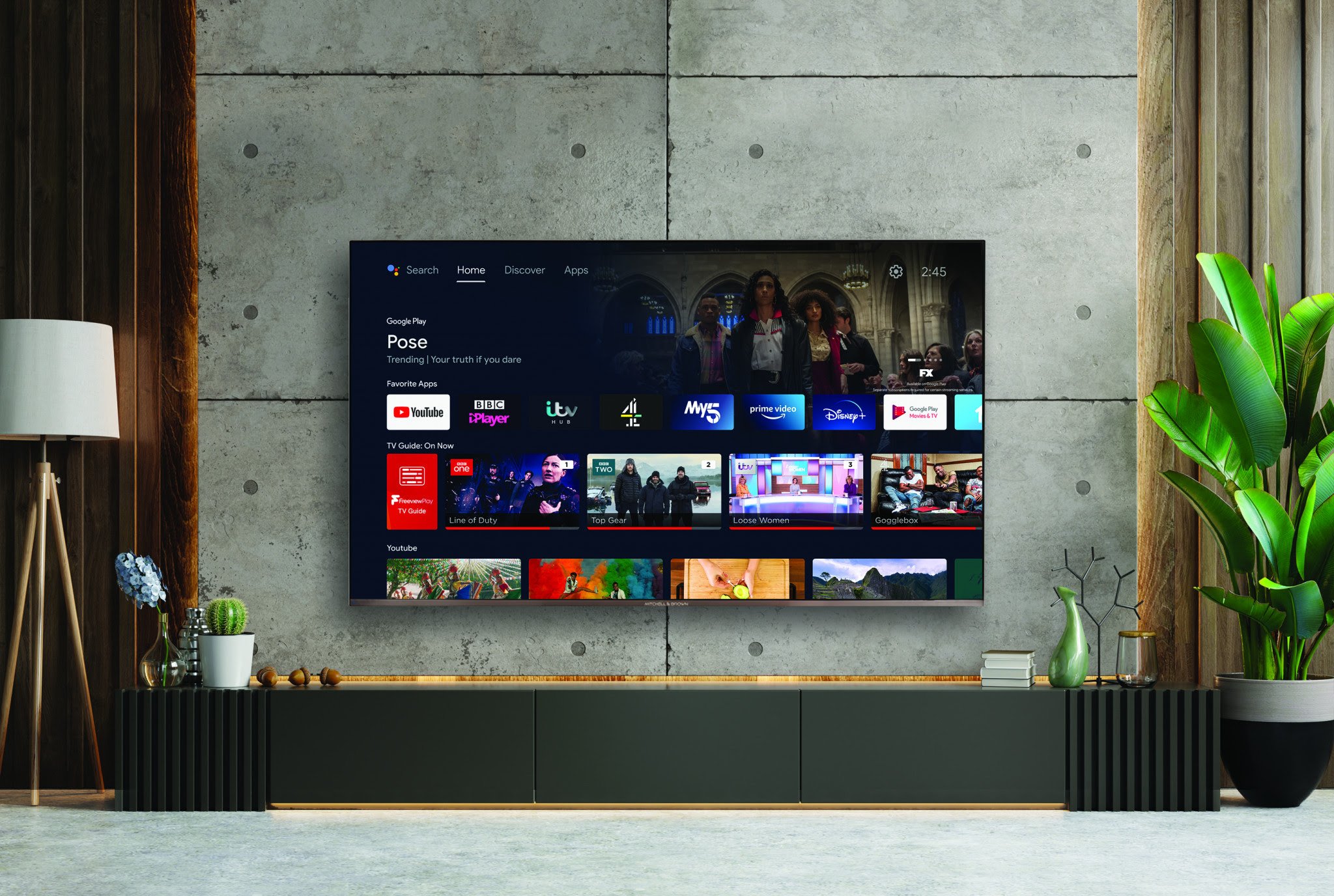.jpg)
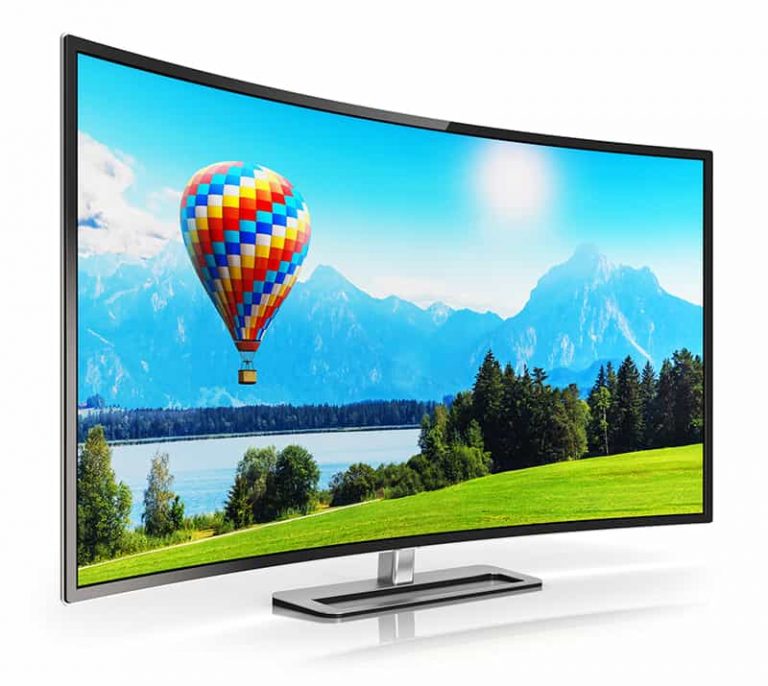
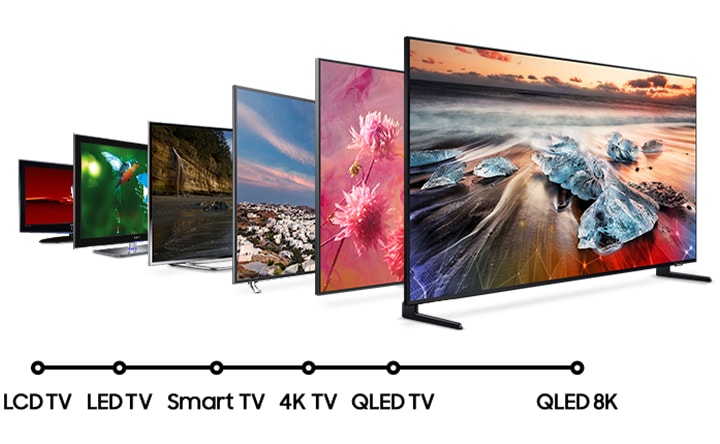
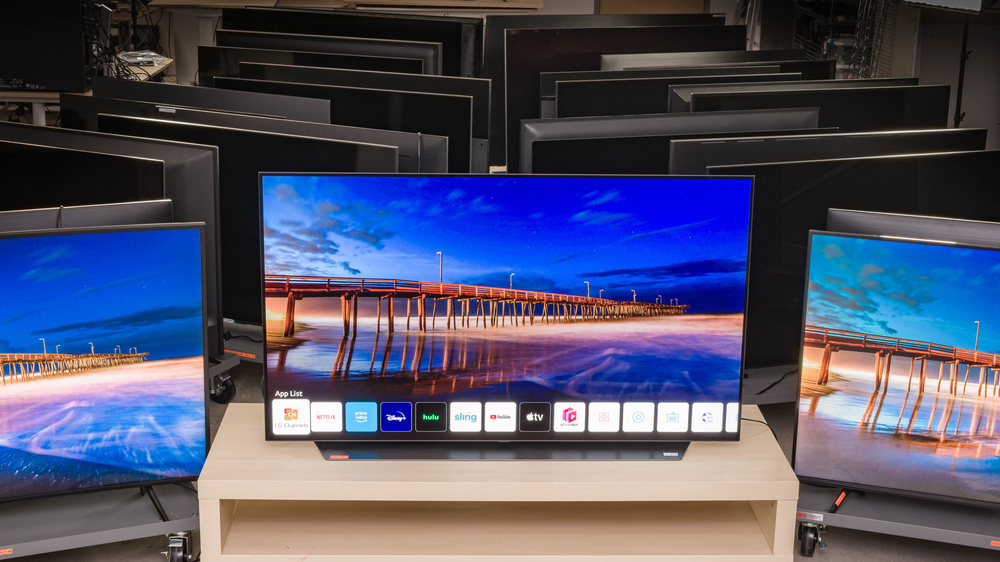




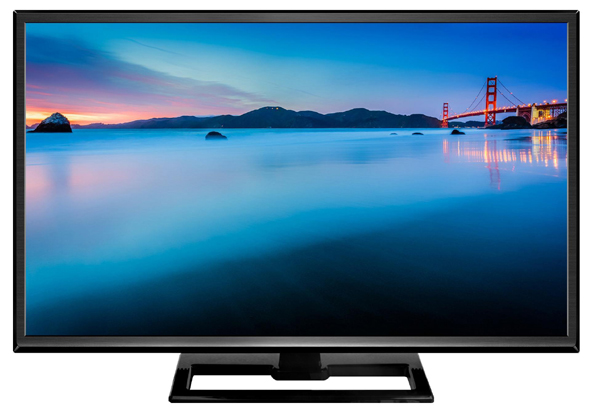
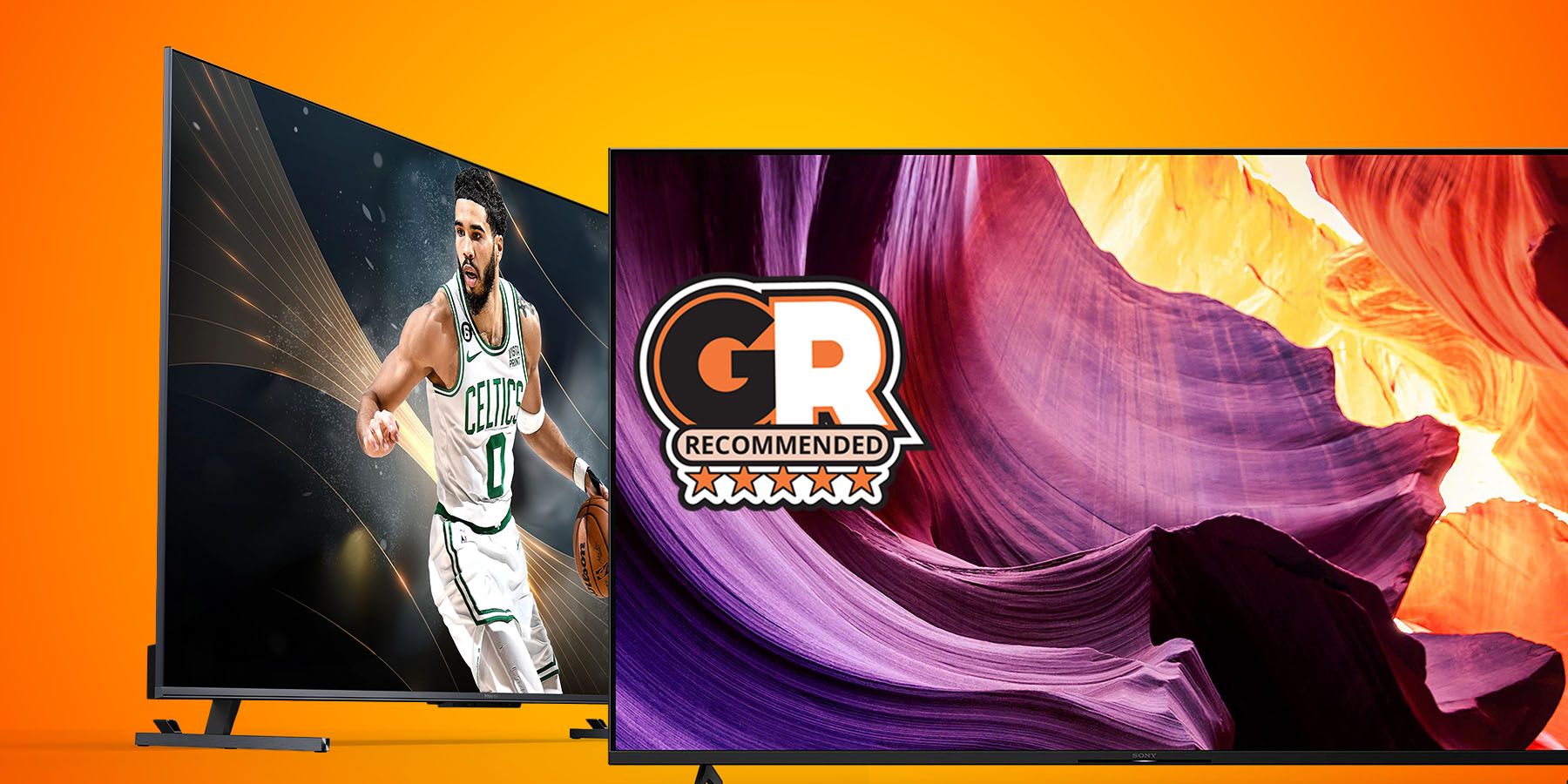

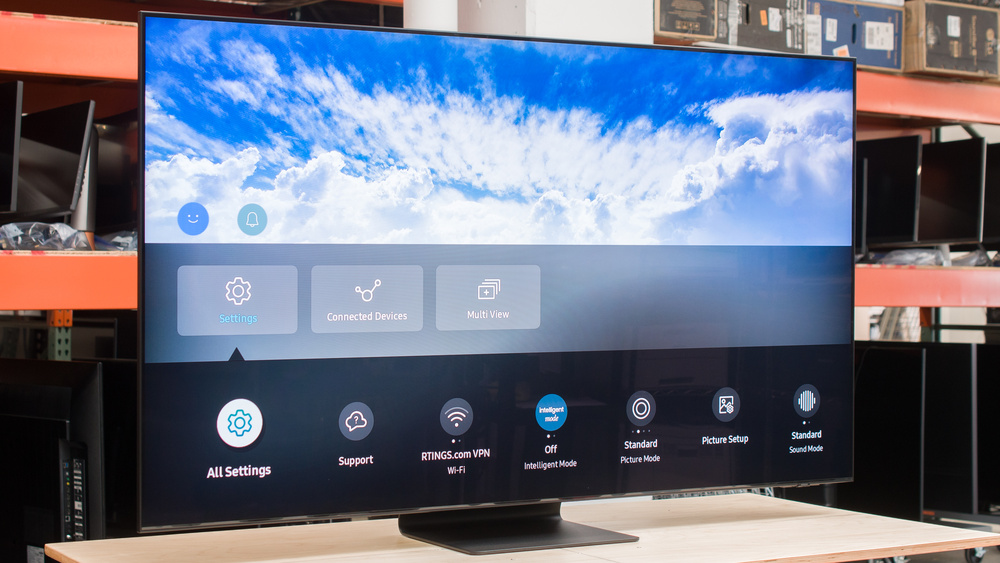
/cloudfront-ap-southeast-2.images.arcpublishing.com/nzme/QF36XFHVFCEZWDH2GKLANPTZQE.jpg)
